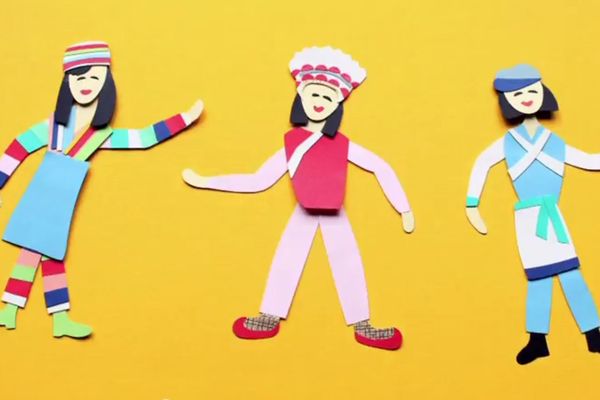Plan a dream trip
Plan and design a dream trip itinerary with a map, budget, packing list, and travel journal; research destinations and present your plan.



Step-by-step guide to plan a dream trip
How to plan a perfect trip? Plan your trip in 6 easy steps !
Step 1
Pick three dream places you want to visit and write each name on your paper.
Step 2
Use books or a computer with help to find and write one fun thing to see at each place.
Step 3
Use books or a computer with help to find and write an estimated travel cost for each place.
Step 4
Circle the place you want most to visit as your top destination.
Step 5
Decide how many days your trip will last and write that number on your paper.
Step 6
Draw a simple map showing how you will get there and mark the top spots you want to visit.
Step 7
Write a day-by-day itinerary with one main activity for each day of your trip.
Step 8
List the main budget categories on your paper such as transport lodging food and activities.
Step 9
Give each budget category a price and add them together to find your total trip budget.
Step 10
Make a packing list grouped into clothing toiletries and fun items using sticky notes or paper.
Step 11
Fold several papers in half and staple them to make a travel journal booklet.
Step 12
On the first page of your journal write one short paragraph explaining why you chose this trip.
Step 13
Create a one-page poster or slideshow that shows your chosen place the map the itinerary the budget and the packing list.
Step 14
Share your finished trip plan and creations on DIY.org.
Final steps
You're almost there! Complete all the steps, bring your creation to life, post it, and conquer the challenge!


Help!?
I don’t have sticky notes, a stapler, or a computer—what can I use instead?
Use small squares of scrap paper or index cards instead of sticky notes, secure your folded-paper travel journal with tape or a hole punch and yarn if you don’t have a stapler, and consult library books, a parent’s phone, or printed brochures instead of a computer when you look up fun things and travel costs.
What should I do if I can’t find travel costs online or my map looks messy?
If exact prices are hard to find use rounded average estimates from a travel site or ask an adult to help check flight/hotel costs, and simplify your drawn map by sketching a clear route with arrows and labeling only the top spots you circled as destinations.
How can I change the activity to suit a 5-year-old or a 12-year-old?
For younger kids pick one place, make the itinerary picture-based, and have an adult read books or search for costs, while older kids can research exact prices, plan more days, calculate totals themselves, and create a digital slideshow poster from their map, itinerary, budget, and packing list.
How can we make the travel journal and poster more creative or personal?
Personalize the journal and poster by gluing in printed photos or postcards and pretend tickets, using colored sticky notes for clothing/ toiletries/fun-item groups, adding local words or a per-person budget calculation, and then upload the finished slideshow and journal photos to DIY.org to share.
Watch videos on how to plan a dream trip
How to Plan Travel 101 🌍 | All My Trip Budgeting & Booking Tips!
Facts about travel planning for kids
✈️ The first scheduled commercial passenger flight happened in 1914 and lasted just 23 minutes across Tampa Bay.
💸 Many airlines use a common checked-bag limit of about 23 kg (50 lbs), so smart packing can avoid extra fees.
🗺️ Maps have been made for thousands of years — the Babylonian 'Imago Mundi' map is over 2,500 years old!
🎒 The 14th-century traveler Ibn Battuta journeyed roughly 75,000 miles — more than three times around the Earth!
🧭 The word 'itinerary' comes from the Latin itinerarium, which means a list of places on a route — perfect for planning trips!
How do I plan and design a dream trip itinerary with a map, budget, packing list, travel journal, and presentation?
What materials do I need to help my child plan a dream trip project?
What ages is a dream trip planning activity suitable for?
What are the benefits of planning a dream trip with my child?


One subscription, many ways to play and learn.
Only $6.99 after trial. No credit card required



![THE ULTIMATE TRIP PLANNING GUIDE 📓 4 Steps to a Perfect Itinerary [FREE PDF]](https://img.youtube.com/vi/LnJKpL3F7lI/mqdefault.jpg)